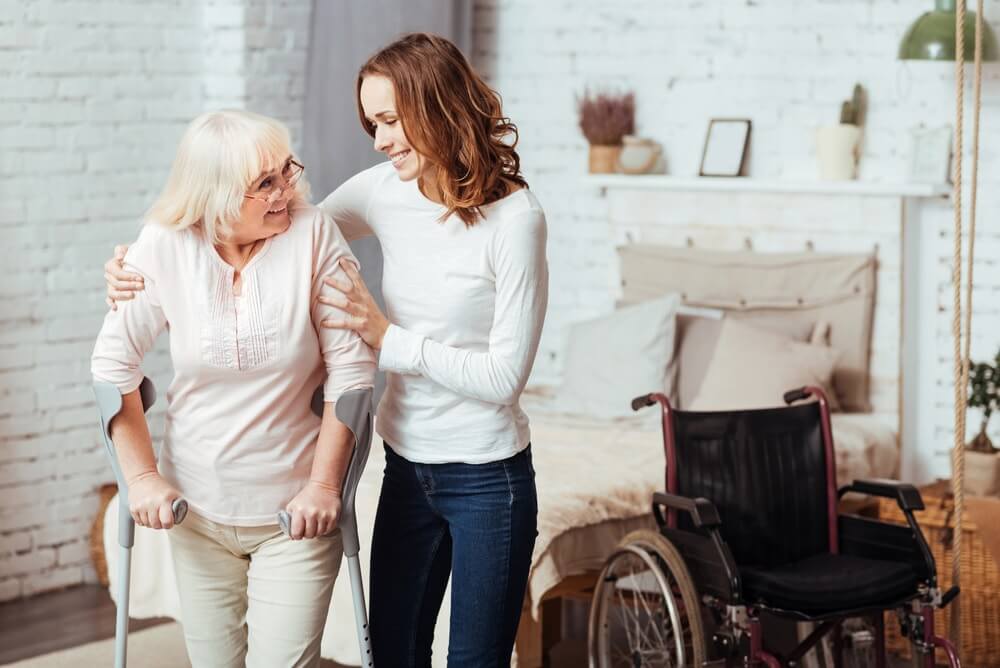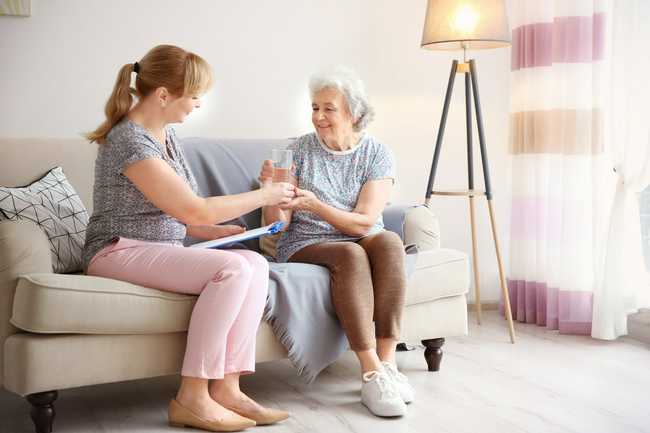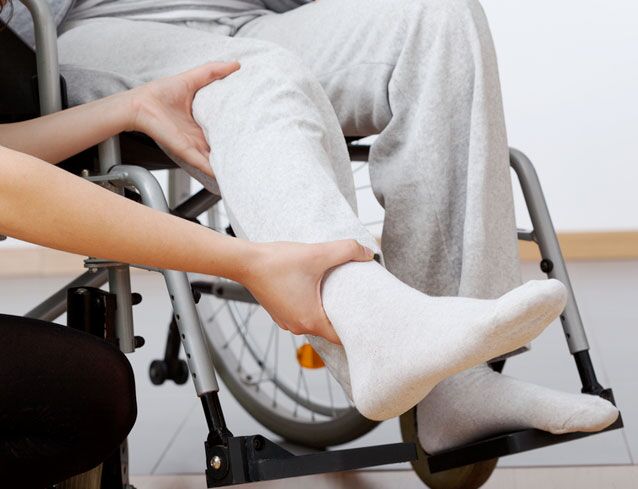
The older we get, the more at risk we are for injury and illness. Senior citizens who live on their own are especially vulnerable, and caregivers are an essential and important presence in the lives of senior citizens.A new study from ConsumerAffairs aims to highlight the most common injuries among senior citizens, using data from the National Electronic Injury Surveillance System and surveying caregivers to get an idea of what caring for senior citizens is like on a day-to-day basis.
According to the NEISS data, head injuries are the most common among seniors (27.8%), with upper trunk injuries (11.1%) and facial injuries (10.8%) being similarly common. The most common diagnoses among seniors were fractures (26%), internal organ injury (20.6%), contusions/abrasions (17.1%), and lacerations (15.9%).
What did the ConsumerAffairs study find regarding what household products are the most common causes of injury among senior citizens? Floors or flooring was the most common cause of injury, with 30.8% of injuries being caused by floors. Beds or bed frames were also common causes of injury (12.7%), as were stairs or steps (10%).
Considering that so many household items cause injury among seniors, caregivers have to be careful and thoughtful about how they’re protecting their loved ones. What have they done to prevent injuries? Among the 1,0001 caregivers surveyed by ConsumerAffairs, the most common thing done to help was to arrange furniture to create clear walkways (36%). Installing slip-resistant rugs and mats was the second most common safety measure taken (34%), though keeping commonly-used items nearby and keeping all medicines in original containers were just as common.
When it comes to technology, there are plenty of things available to help keep seniors safe. There’s been a lot of advancement in tech over the past several years, making it easier to protect vulnerable people, so what do caregivers use most commonly to best protect their patients from a serious injury? 38% of caregivers said that they use smart clothing, which is clothes that often have lights and sensors embedded in them. Another common piece of tech among caregivers was emergency alert systems (37%), as were motorized wheelchairs (37%).

Interestingly, motorized wheelchairs were most likely to be covered by insurance (74%), while chairlifts—another popular technology—were least likely to be covered (35%). Family caregivers spent more money on devices to keep their seniors safe than professional caregivers, with family caregivers spending an average of $546.65 and professionals spending an average of $224.83.
The study also examined the level of stress among caregivers to get a sense of how taking care of seniors is impacting them emotionally, mentally, financially, and more. Notably, 54% of caregivers said they’re struggling emotionally, and 51% said they’re struggling financially. What’s most interesting about this are that the caregivers who are struggling the most both emotionally (62%) and financially (59%) are professionals.
While 33% of family caregivers admit to regretting their decision to be a caregiver, it should be noted that 57% of professionals said the same. This says a lot about the toll professional caregiving can take on a person. In fact, 58% of professional caregivers said they planned to stop doing it over the next six months.
It’s very telling that so many professional caregivers are struggling with the job, as it really is a thankless and mentally challenging profession to enter into. Nobody becomes a caregiver for motivations beyond the desire to help, but it’s understandable that it takes a toll on people, especially when seniors sustain injuries under their care. The ConsumerAffairs study highlighted not just the importance of caregivers in our society but also the fact that we as a society should do more to support these selfless individuals, both professionals and family members, who do so much for elderly Americans every single day.








